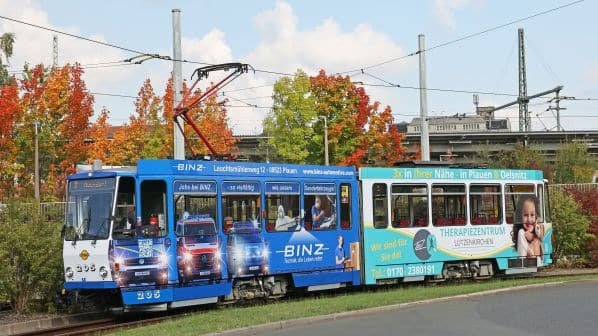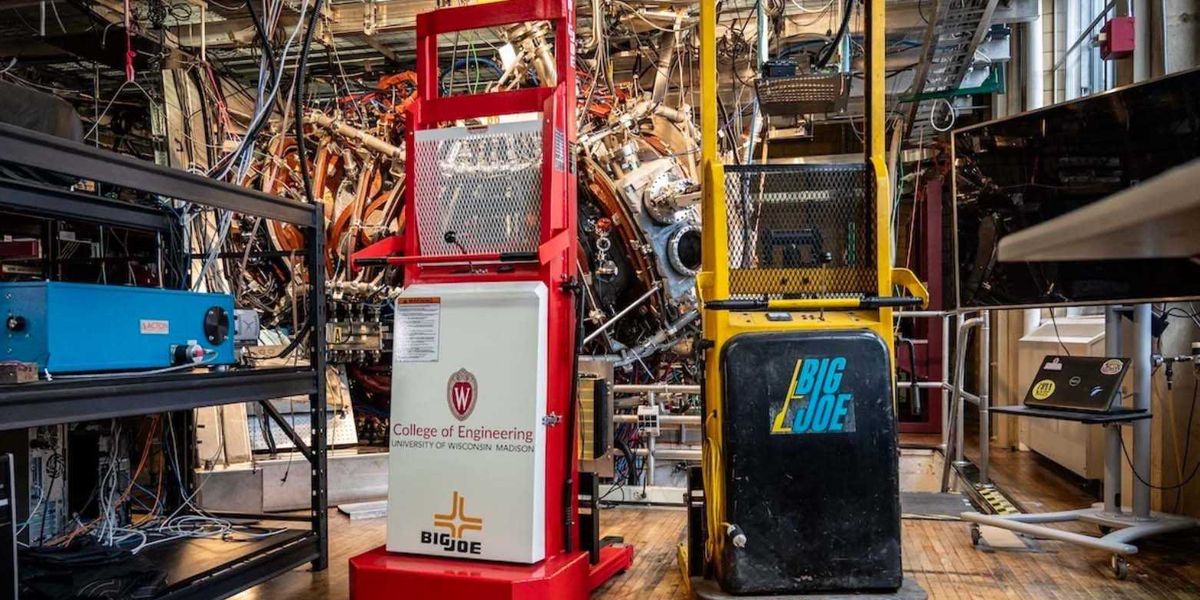The growth of e-commerce has completely changed how goods flow through supply chains, forcing logistics professionals to rethink traditional distribution models that once relied on central hubs and predictable delivery routes. With customers expecting same-day or next-day shipping, regional networks are key to balancing cost and sustainability. The integration of intelligent routing systems, real-time tracking and warehouse automation allows regional networks to adapt faster to demand fluctuations and disruptions.
Read also: Sustainable packaging trends in global e-commerce logistics
For logistics leaders, effective e-commerce distribution strategies lie in creating a connected ecosystem where information moves as efficiently as the goods themselves. This transformation also enables fleets to act more proactively, identifying deficiencies before they become worse. Success depends on turning regional data into actionable insights that drive smarter, faster delivery.
Network performance evaluation
Improving regional e-commerce distribution networks starts with tracking the right performance indicators. Key metrics, such as order cycle time, inventory turnover ratio, vehicle utilization, and cost per delivery area, reveal how efficiently goods are moving through the system.
A short order cycle time reflects fast fulfillment, while a high inventory turnover rate indicates sound inventory management and low holding costs. Maximizing vehicle utilization ensures fleets operate at maximum efficiency, reducing idle time and fuel waste. Monitoring cost per delivery area highlights areas that are draining profitability.
Demand forecasting accuracy underpins all of these KPIs, which directly shape route planning and execution density. Accurate forecasts Helping companies allocate the right resources To the right areas, reducing stock-outs, overproduction and last-minute rerouting. Advanced analytics give logistics professionals real-time visibility into performance across regional networks, enabling faster operational decisions.
Strategic warehouse and hub placement
Modeling regional hub locations starts with understanding how demand, infrastructure, and carrier networks intersect. Logistics professionals analyze demand groups, transportation lanes, and proximity to carrier points to determine the most strategic fulfillment points. By grouping orders based on where they originate and how they move, companies can reduce lead times and improve delivery reliability.
Tools such as geographic information systems and digital twins allow different network configurations to be simulated, taking into account variables such as traffic congestion, peak delivery and cost per route before investments are made.
Many e-commerce leaders are now adopting hybrid models that blend micro-fulfillment centers for dense urban areas, dark stores to process express orders, and distribution centers to streamline regional transportation operations. This combination creates flexible, high-performance distribution ecosystems that enhance last-mile efficiency and position companies to quickly respond to changing consumer demand.
Fleet optimization and road engineering
Improving fleet performance requires more than just effective scheduling – it requires intelligent, data-driven routing. Advanced route optimization algorithms and real-time adaptive routing powered by artificial intelligence (AI) and machine learning enable logistics teams to dynamically adapt to traffic conditions, weather, and delivery priorities.
These tools reduce fuel waste, reduce idle time and increase delivery density per route. Each delivery attempt could fail They cost more than $17 on averagewhich underscores how important precision and adaptability are in last-mile operations. Fleet mix strategies also play an influential role in optimization, as companies balance electric and combustion engine vehicles to match capacity with fluctuating regional demand, distance and infrastructure.
Meanwhile, IT-based predictive maintenance and smart fuel or energy management systems help maintain uptime reliability and extend asset life. These technologies transform fleets into efficient, resilient networks that support scalable e-commerce growth.
Data integration and automation
Improving regional distribution requires seamless communication across every platform in the supply chain. Integrating enterprise resource planning, transportation management systems, and order management systems gives logistics professionals real-time visibility into inventory and fulfillment activity.
API-based data exchange allows companies to easily share information with third-party logistics partners, reducing miscommunication and speeding up shipment deliveries. Strong compliance policies and a streamlined recharge process are also vital Reduce delay and reduce liability On boundaries through careful documentation and consistent regular alignment.
Meanwhile, AI-powered automation improves efficiency by improving load balancing, dispatch scheduling, and exception management, helping teams detect and resolve issues before they disrupt operations. These programs transform fragmented logistics workflows into a connected, intelligent network that drives faster, more compliant regional fulfillment.
Sustainability and cost efficiency synergy
Sustainability is now an integral part of logistics performance, and regional networks are crucial to achieving measurable carbon reductions. By implementing carbon tracking for each delivery area, logistics teams can identify high-emission routes and redesign them for better efficiency. Carbon-efficient, AI-powered routing helps planners identify routes that minimize fuel consumption, idle time and congestion while maintaining speed of delivery.
Many companies are also exploring paradigm shifts, such as using trucks for short regional hauls or adopting electric vehicles to reduce direct emissions. These changes align ESG commitments with cost optimization goals by reducing energy use and maintenance expenses. Regulatory frameworks also allow organizations to implement green logistics practices consistently across regions and demonstrate accountability to regulators and partners.
Scenario planning and resilience building
Predictive analytics and simulation tools enable logistics professionals to prepare for uncertainty with confidence. By modeling spikes in demand, supply chain disruptions, and seasonal fluctuations, these technologies reveal potential vulnerabilities and help teams plan responses before issues escalate.
This proactive approach Enables companies to meet customer demands More effectively with a full understanding of the risks associated with its operations. Strategies such as dividing inventory into buffer zones keep core inventory distributed across zones. At the same time, multi-source redundancy prevents dependence on a single supplier or fulfillment center.
These tactics promote flexibility and responsiveness when demand patterns change unexpectedly. In the e-commerce environment, resilience and contingency planning build regional resilience, maintaining on-time performance and protecting profitability in unpredictable logistics environments.
Build a data-driven e-commerce distribution strategy
Improving regional distribution is never a one-time project. It is a continuous and iterative process that evolves as demand and market conditions change. Success comes from blending analytics, automation, and adaptability to create an e-commerce distribution network that learns and improves over time. Embracing data-driven insights can reveal hidden inefficiencies and lead to wiser decisions.
Logistics leaders are constantly improving their regional strategies to position their operations for flexibility and long-term sustainable growth. Each improvement cycle provides new opportunities to enhance delivery speed, reduce costs, and enhance customer satisfaction. In the dynamic e-commerce industry, the ability to develop rapidly is what sets leading logistics organizations apart from the rest.










